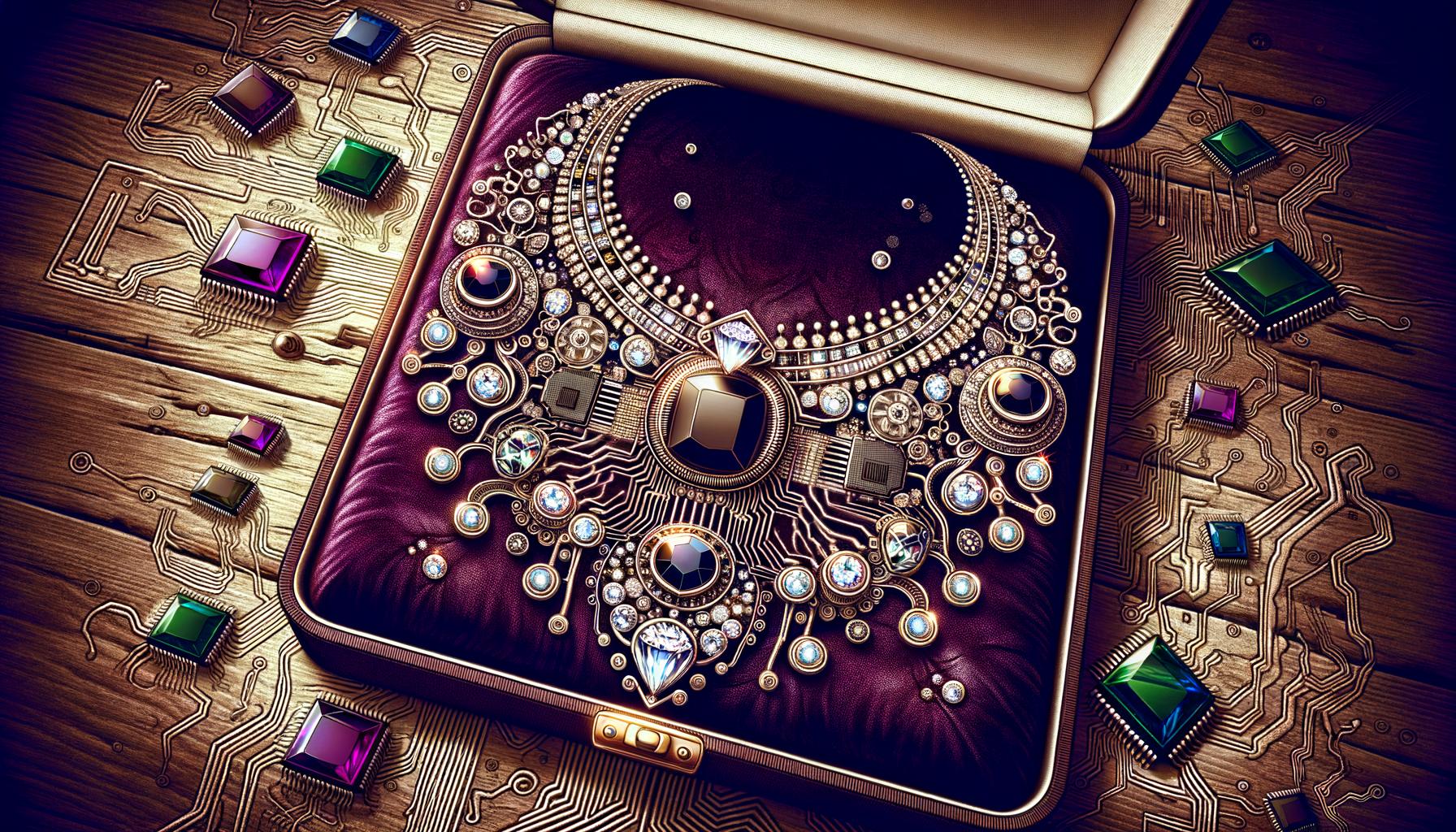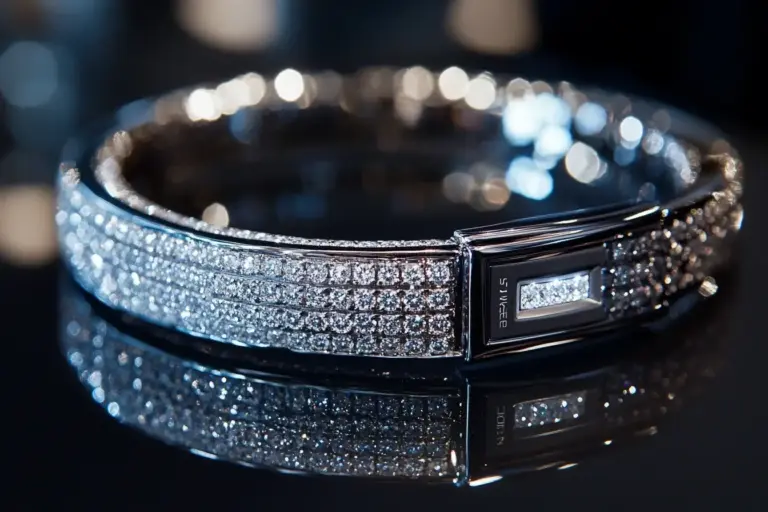The Integration of NFC Chips in High-End Jewelry
The integration of NFC chips in high-end jewelry marks a fascinating intersection between cutting-edge technology and luxury craftsmanship. Near Field Communication (NFC) technology, known for its role in contactless payments and wireless data transfer, is beginning to revolutionize the jewelry …


